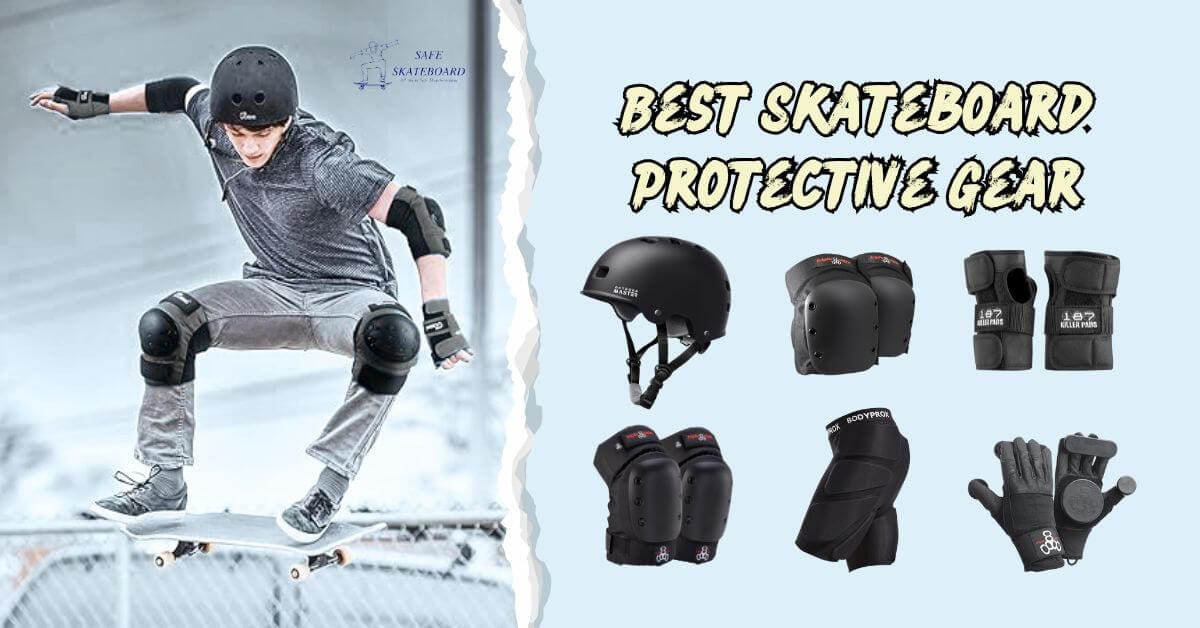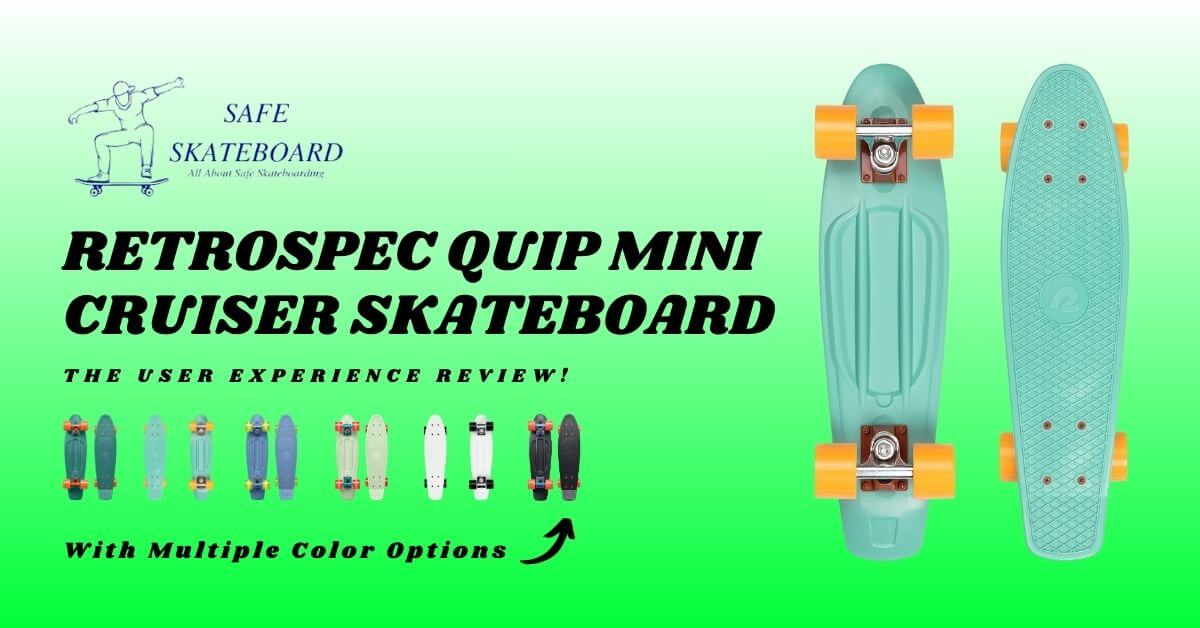When it comes to longboarding, there is always one question “How tight should longboard wheels be?
Whether you’re cruising on flat terrain or racing down hills, properly adjusting your wheel tightness can impact your speed, control, and overall safety.
Tight wheels provide stability but may slow you down, while loose wheels allow for faster rolling but can lead to wobbling or instability. Striking the right balance is key to ensuring a smooth and enjoyable ride.
In this guide, I will explore How tight should longboard wheels be. So, Let’s get rolling!
Importance of Wheel Tightness
Now that we’ve set the stage, let’s talk about why wheel tightness is crucial for your longboarding experience.
Getting the right tension on your wheels can enhance safety, performance, and overall enjoyment during your rides.
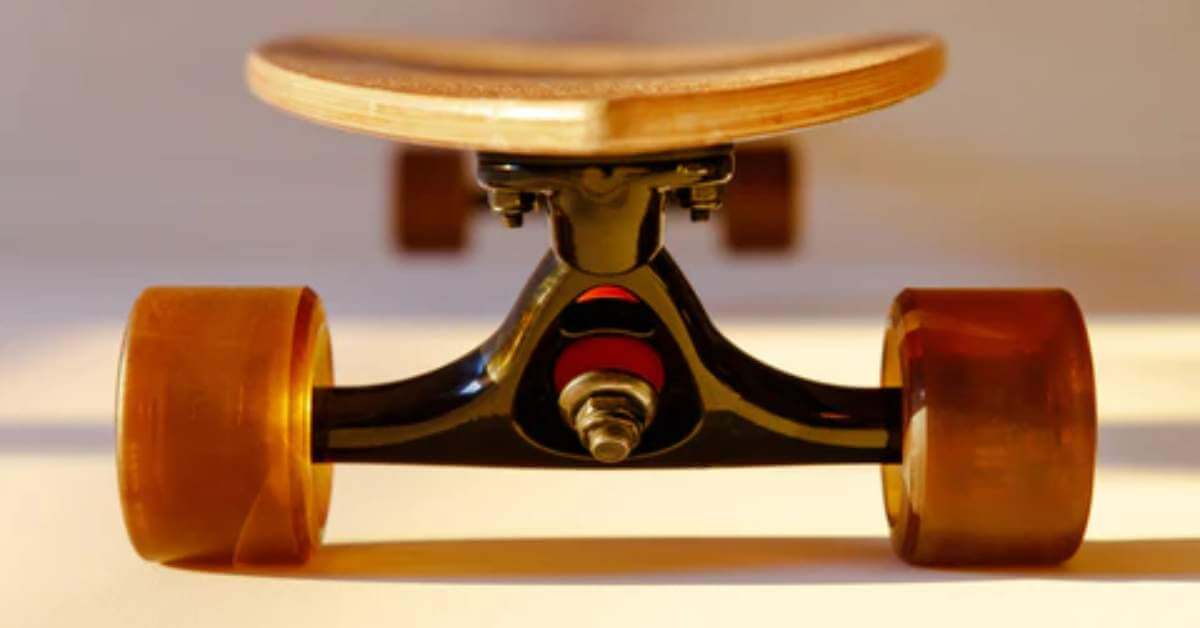
Safety First
Too loose, and you may face a higher risk of wheel wobble or even losing a wheel mid-ride—yikes!
Performance Boost
- Tight wheels offer more stability, ideal for cruising and carving.
- Looser wheels can improve maneuverability, especially for tricks.
By understanding the importance of wheel tightness, you can tailor your setup to better suit your riding style. This knowledge can truly transform your experience on the board!
The Basics of Longboard Wheel Tightness
With a grasp on why wheel tightness matters, let’s explore the basics of how it all works.
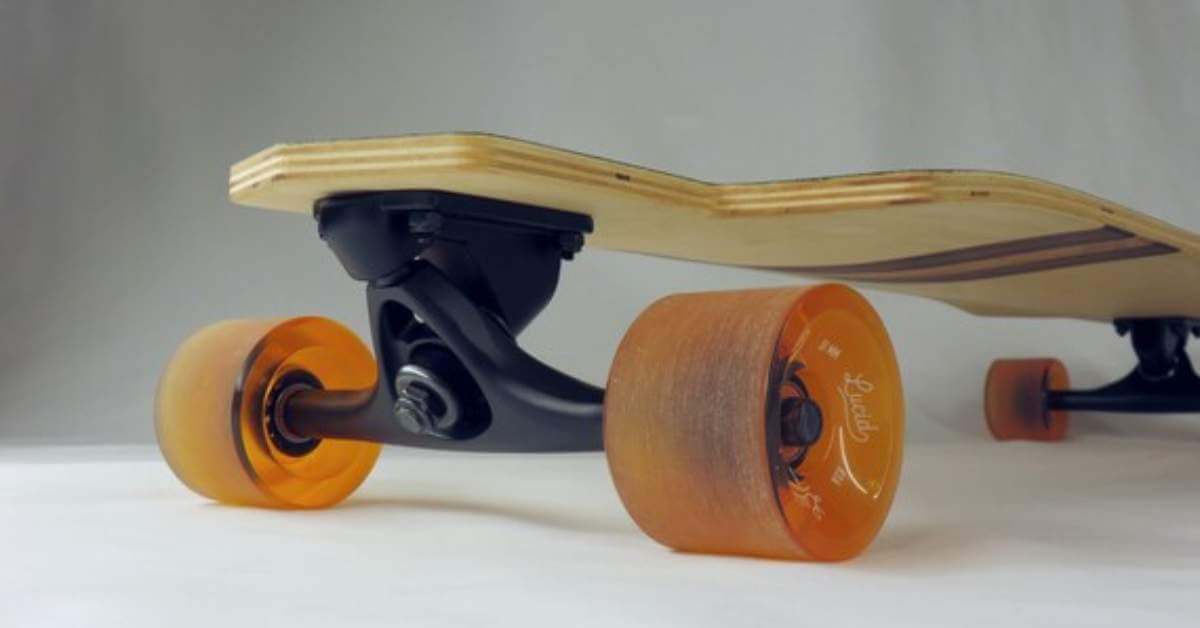
Understanding Wheel Contact Patch
The contact patch is the part of the wheel that touches the ground, and its size can significantly impact your ride.
A larger contact patch offers more grip, whereas a smaller one enables slides and tricks. Adjusting wheel tightness can either expand or reduce this area.
Effects of Loose Wheels
You might be drawn to the idea of looser wheels for a smoother ride. However, keep in mind:
- Increased risk of wobbles: Especially at higher speeds.
- Less control: Turning could become unpredictable, making it tough to navigate sharp corners.
By understanding these factors, you can make informed decisions about how to set up your longboard for your riding style!
Optimal Tightness Levels for Longboard Wheels
Now that you understand the basics, it’s time to get into the nitty-gritty of optimal wheel tightness levels.
Finding the right balance can enhance your riding comfort and performance, whether you’re just starting out or have been shredding for years.
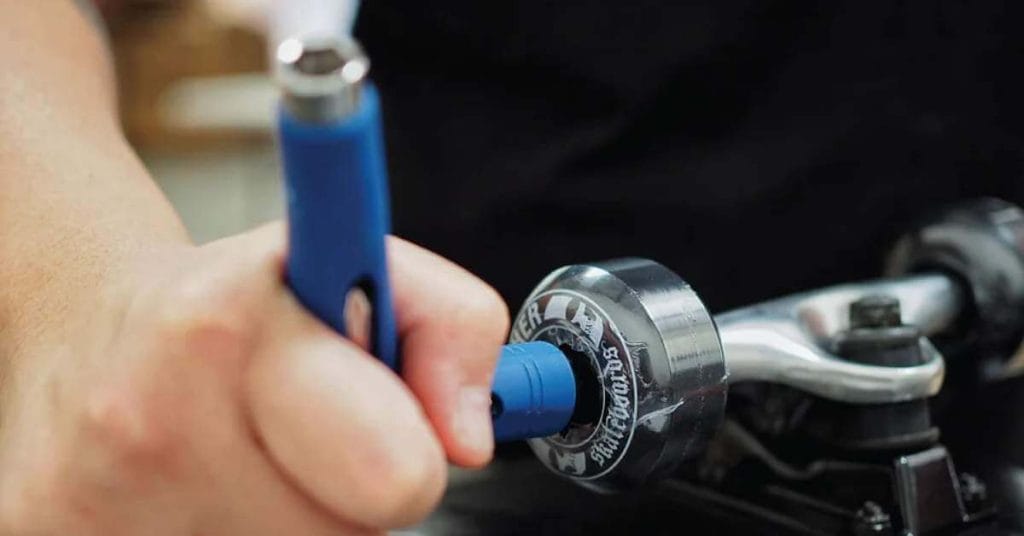
Recommendations for Beginners
As a newbie, it’s often best to start with wheels that are moderately tight. This setup promotes stability while allowing for controlled turns. Here are some tips:
- Finger-tight: Use your fingers to tighten just enough to eliminate excess play.
- Practice braking: Test your stopping capability to adjust tension as needed.
Preferences of Advanced Riders
Advanced riders often prefer to customize their wheel tightness based on specific styles:
- Tighter Wheels: For high-speed cruising, providing stability and control.
- Looser Wheels: For trick-oriented rides that require more maneuverability.
Ultimately, the best setting for you will depend on your riding style and personal comfort!
Adjusting Longboard Wheel Tightness
With a clear understanding of optimal tightness levels, it’s time to dive into how you can adjust your longboard wheels.
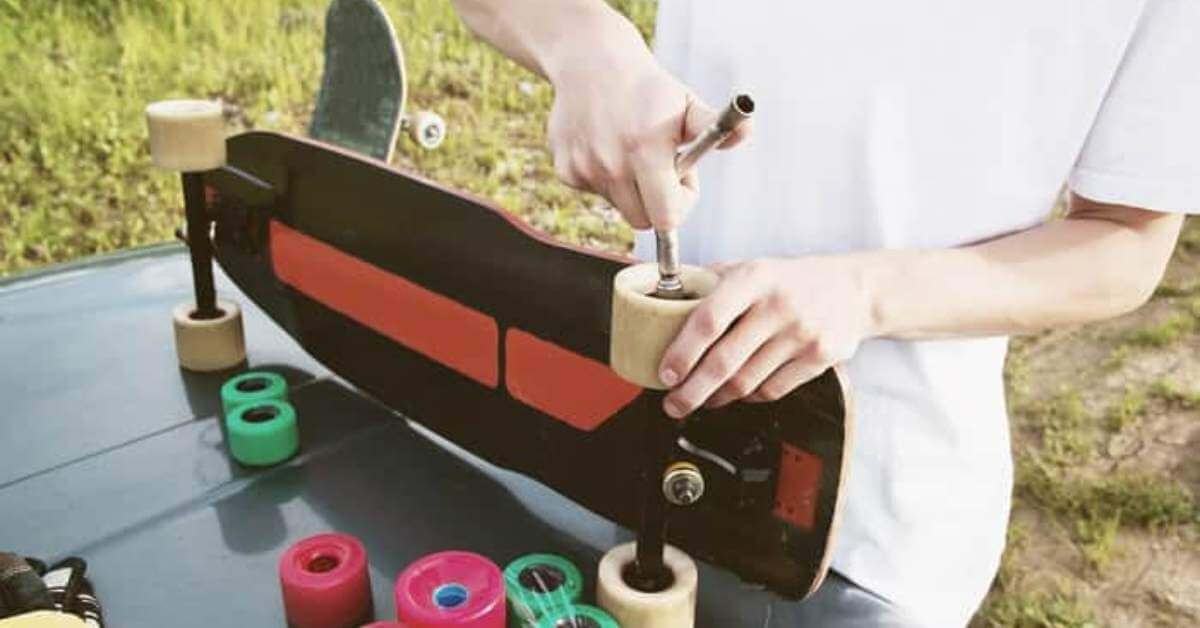
Tools Needed for Adjustments
Before you begin, gather a few essential tools:
- Socket wrench or T-tool: Perfect for tightening or loosening the axle nuts.
- Pliers: Handy for grip and stability during adjustments.
- Ruler or measuring tape (optional): To check the gap for specific tightness levels.
Step-by-Step Guide
- Check the current tightness: Give the wheel a spin; it should rotate smoothly but not wobble.
- Loosen or tighten: Using your wrench or T-tool, adjust the axle nuts to achieve desired tightness.
- Test drive: Go for a short ride to see how the adjustments feel. If needed, tweak once more.
Adjusting your longboard wheels doesn’t take long, and by following these steps, you’ll set yourself up for a more enjoyable ride!
Common Mistakes to Avoid When Adjusting Wheel Tightness
Now that you know how to adjust your longboard wheel tightness, let’s discuss some common mistakes to steer clear of.
Over-tightening
One of the most frequent errors is cranking the nuts too tightly. This can cause:
- Early wear on bearings: They may heat up and wear out faster.
- Reduced performance: Wheels may stop spinning freely, limiting speed.
Neglecting Regular Checks
Another pitfall is forgetting to regularly check your wheel tightness. Make it a habit to inspect after every few rides.
By keeping these mistakes in mind, you can ensure a smoother, safer, and more enjoyable longboarding experience!
Write Some Frequently Asked Questions (FAQ) About How Tight Should Longboard Wheels Be
- How tight should longboard wheels be for cruising?
For cruising, longboard wheels should be snug but not too tight. They should spin freely without wobbling, allowing smooth rolling while maintaining stability.
- Can tight wheels affect the speed of my longboard?
Yes, if the wheels are too tight, they can create friction, slowing down your board and making it harder to push. Looser wheels provide better speed but might reduce control.
- How can I tell if my longboard wheels are too tight?
If your wheels don’t spin freely or stop abruptly after giving them a spin by hand, they may be too tight. You should loosen them slightly until they spin smoothly.
Ending Thoughts
I hope you understand, How Tight Should Longboard Wheels Be! Getting the right tightness for your longboard wheels is crucial for a smooth and controlled ride.
Wheels that are too tight can create unnecessary friction, slowing you down, while wheels that are too loose can lead to wobbling or instability.
The key is to find a balance where your wheels spin freely but remain secure on the axles.
Always use the proper tools and make small adjustments to fine-tune your setup for the best ride possible.














